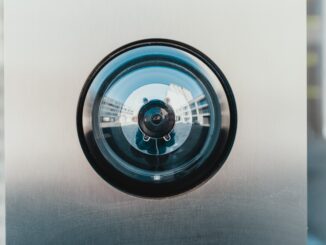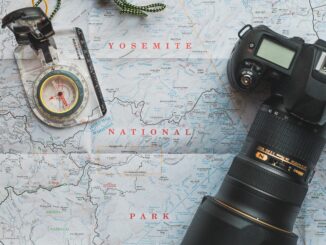
AirBnB
AirBnb et al – Guess who’s watching
The surge of home rental services like Airbnb has revolutionized holiday experiences, but concerns arise with instances of hidden cameras in rental properties. A Texas couple, Kayelee Gates and Christian Capraro, staying at Christopher Goisse’s […]

